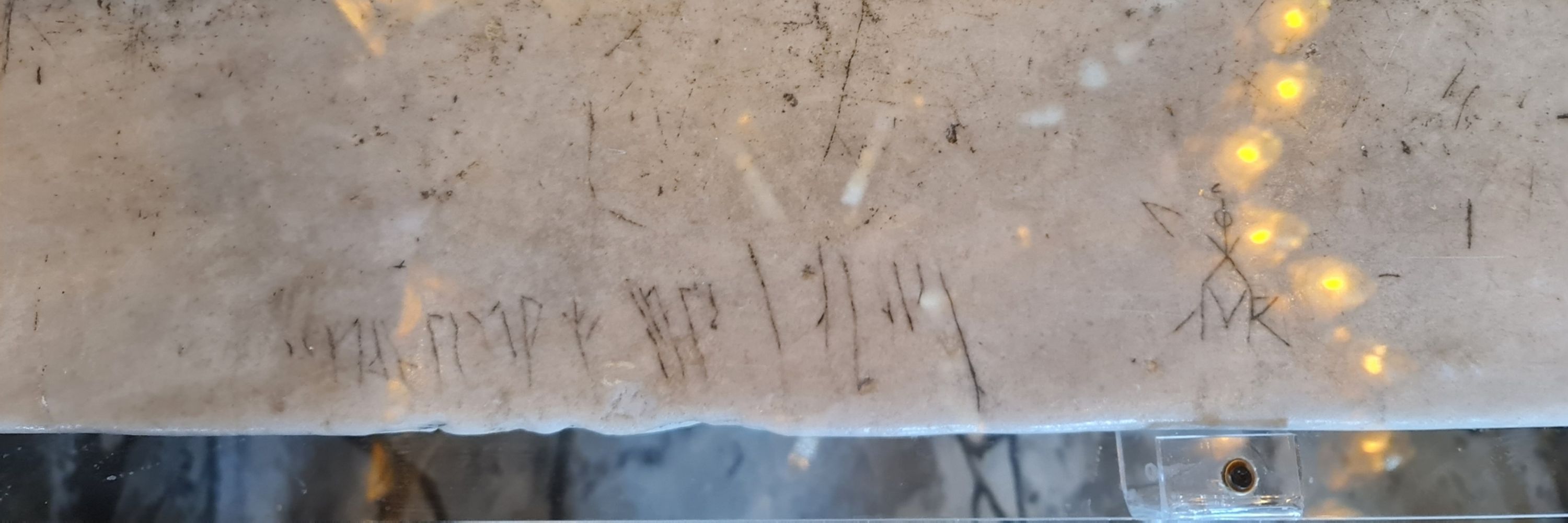
Jerzy Sikora
@jsikora.bsky.social
950 followers
310 following
1.1K posts
Fornleifafræðingur (mostly medieval) based at University of Łódź (wutɕ).
Archaeology, Middle Ages, some photos I take and drawings I make.
Posts
Media
Videos
Starter Packs
Pinned


















































